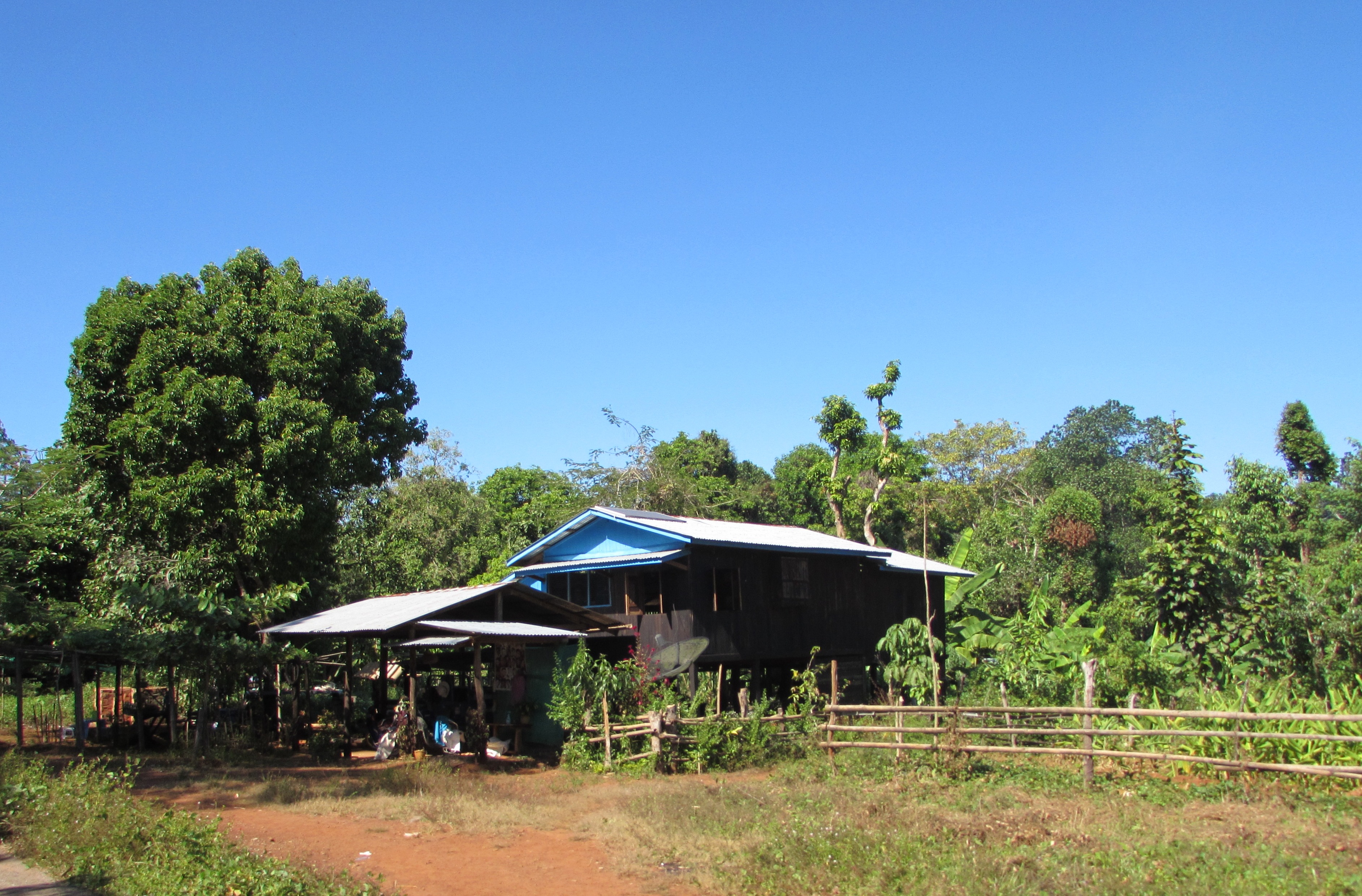 The Qualitative Social and Economic Monitoring (QSEM) is a study conducted annually by Livelihoods and Food Security Trust Fund (LIFT), a multi-donor platform, to look at the changes resulting from the development interventions in various parts of Myanmar. The Round 4 of the QSEM conducted from March to May 2014 involving 1,474 respondents was recently released by LIFT and World Bank, highlighting the trends and transformation happening in the rural areas of the country. It covered 54 villages from the following states where LIFT has concentration of projects: Ayeyawardy, Chin, Magway, Mandalay, Rakhine and Shan.
The Qualitative Social and Economic Monitoring (QSEM) is a study conducted annually by Livelihoods and Food Security Trust Fund (LIFT), a multi-donor platform, to look at the changes resulting from the development interventions in various parts of Myanmar. The Round 4 of the QSEM conducted from March to May 2014 involving 1,474 respondents was recently released by LIFT and World Bank, highlighting the trends and transformation happening in the rural areas of the country. It covered 54 villages from the following states where LIFT has concentration of projects: Ayeyawardy, Chin, Magway, Mandalay, Rakhine and Shan.
Round 4 results have shown positive developments in the rural areas. The main findings were summarized as follows:
1. Villagers experienced better returns on their livelihoods than in previous years, though underlying structural constraints persisted;
2. Non-farm diversification and migration increased;
3. Certain poorer households were not able to benefit equally from such positive trends; there were risks of inequality; and,
4. There were small but important shifts in how people interacted with local government officials.
The results are important in a way that showed the effectiveness of the development efforts in Myanmar and the receptiveness of the people in the development efforts. Among the other noteworthy issues raised in the Round 4 report and discussed during the presentation last February 5, 2015 included the following:
1. Labor migration is increasing. As development is felt in key cities, people from the rural areas are moving to the cities particularly Yangon and Mandalay looking for more opportunities. Migration outside the country is also observed. Because of this, labor for agricultural production may be affected in the future although it is not yet felt at present. It was also observed in some areas that during peak seasons like planting and harvesting, there are no enough farm laborers to hire. Inversely, during non-peak season, there is no work for labourers, pushing them to find work in the cities.
2. Diversification of income source. The increasing number of non-farm activities rural people to move away from agricultural production. This may be an issue for food security if people stay away from agricultural production activities.
3. Increasing influence of village tract leaders. This is an additional layer in the bureaucracy. We not only deal with village heads and township officials but also with the village tract leaders. This may also be an opportunity in area where the village heads are uncooperative, with the village tract leaders may be an alternative source of support.
4. Social capital and institutional development. Most of the people’s organizations were formed for mobilization. There is a need now to transition these organizations to do economic activities and provide them with capacities and skills in managing not only organizations but enterprises as well.
5. Connectivity is promoted by cellphones. The use of cell phones for development initiatives has yet to be maximized. With apps for mobile money, market information and other updates, the community can benefit much from utilizing it as a tool for development work.
